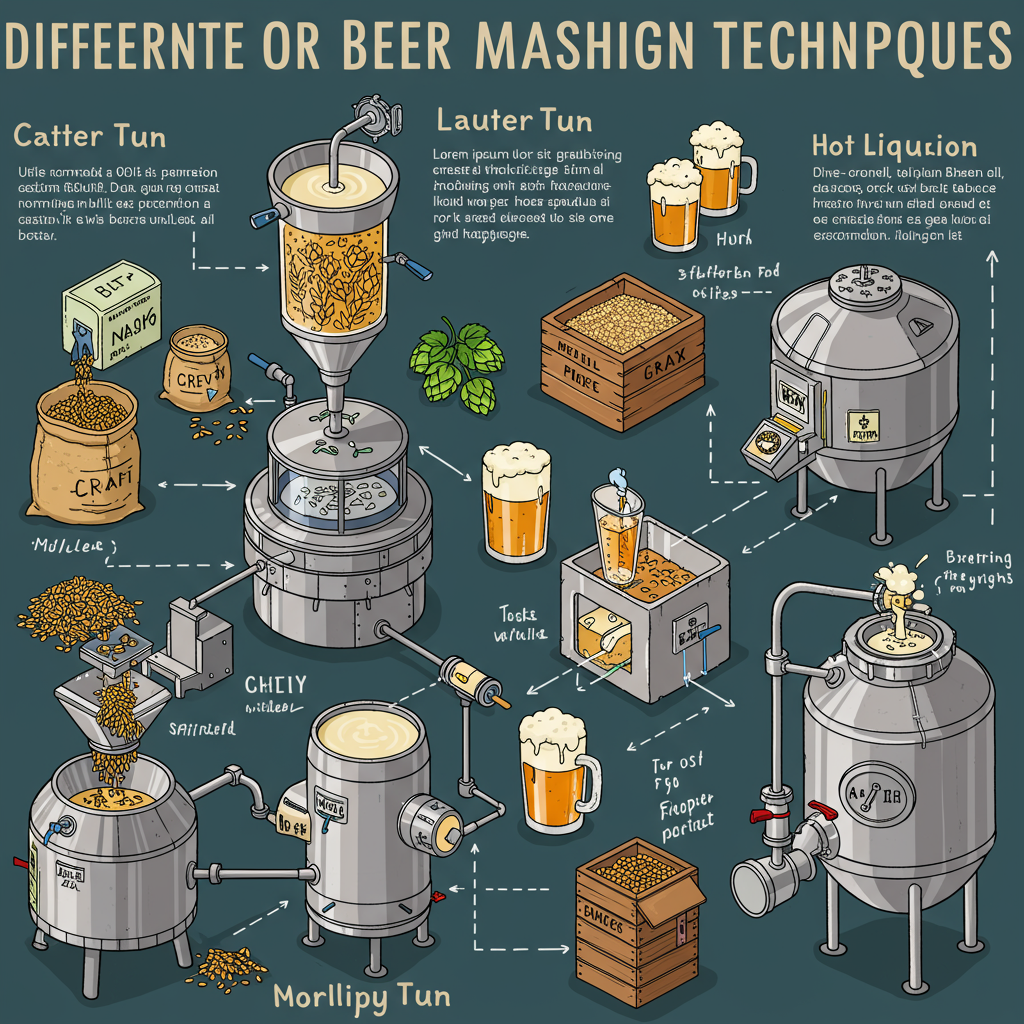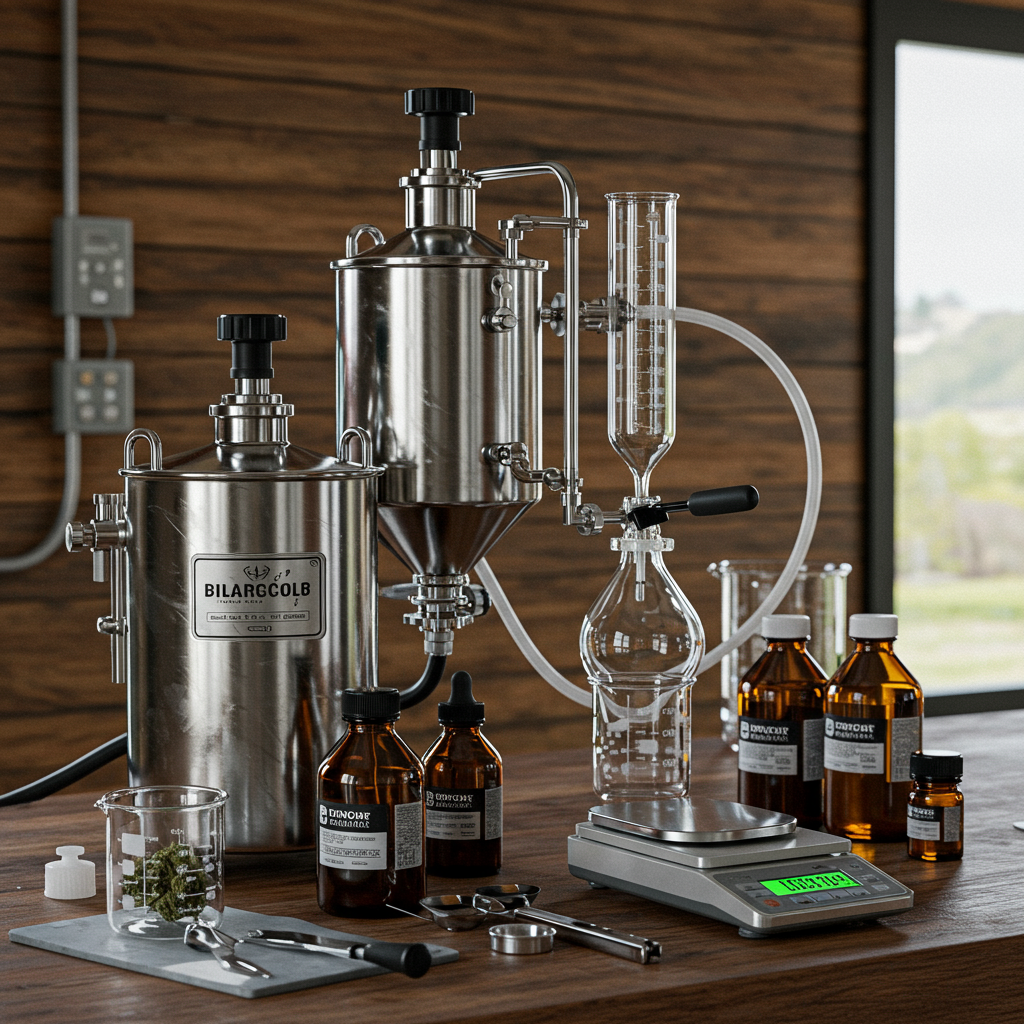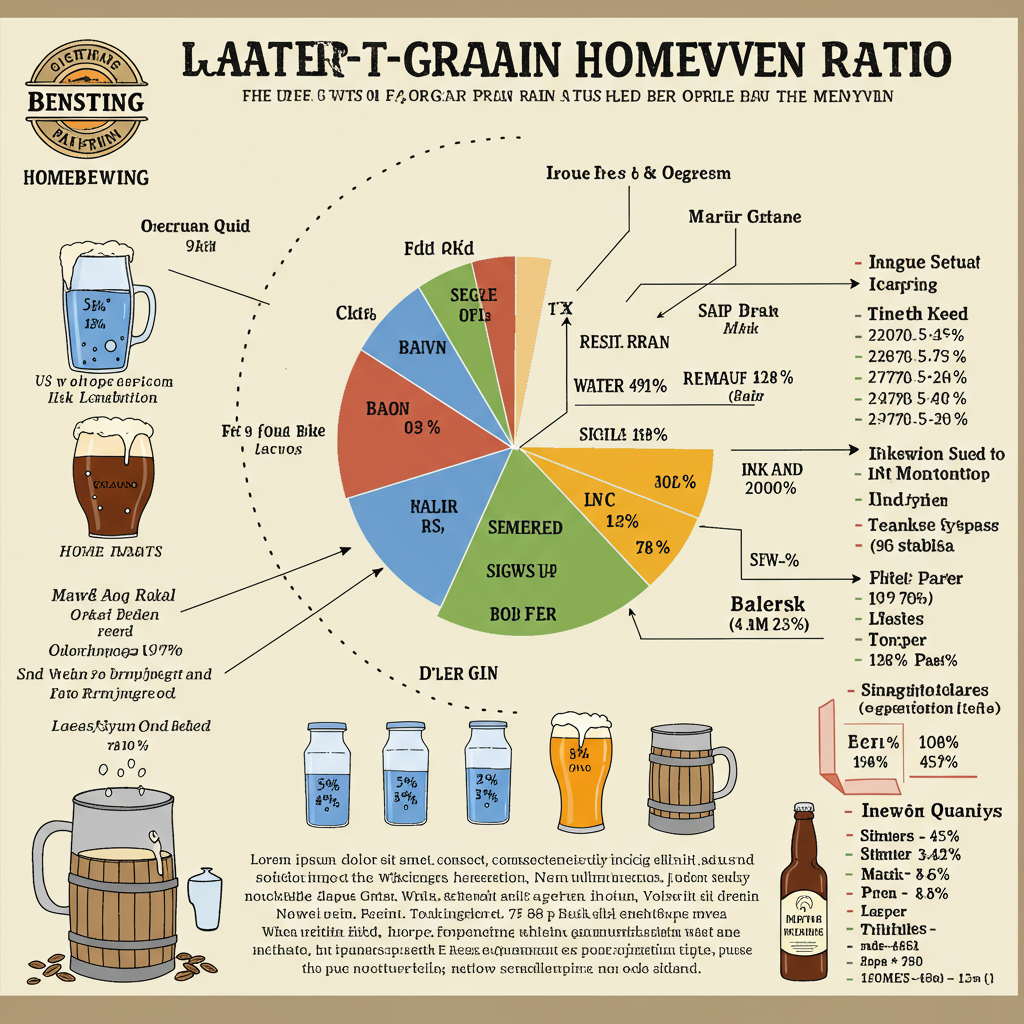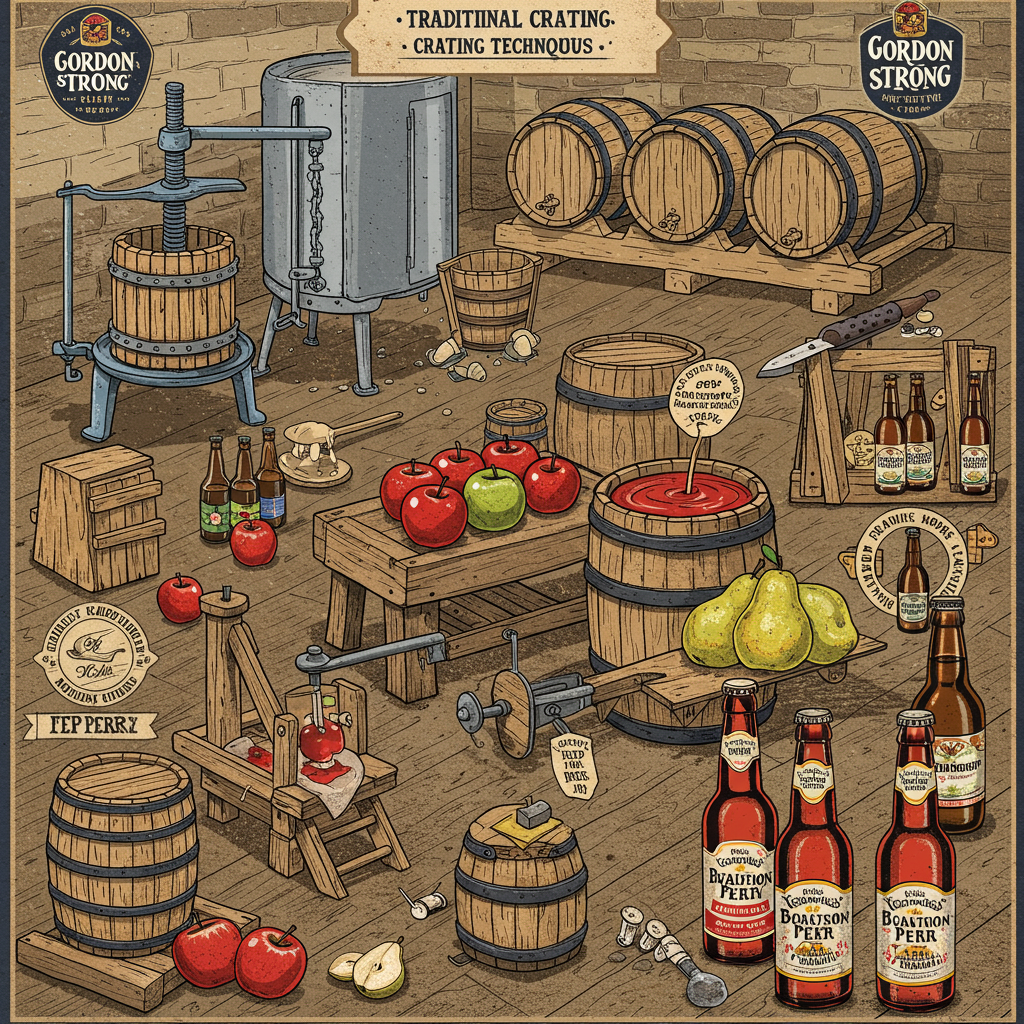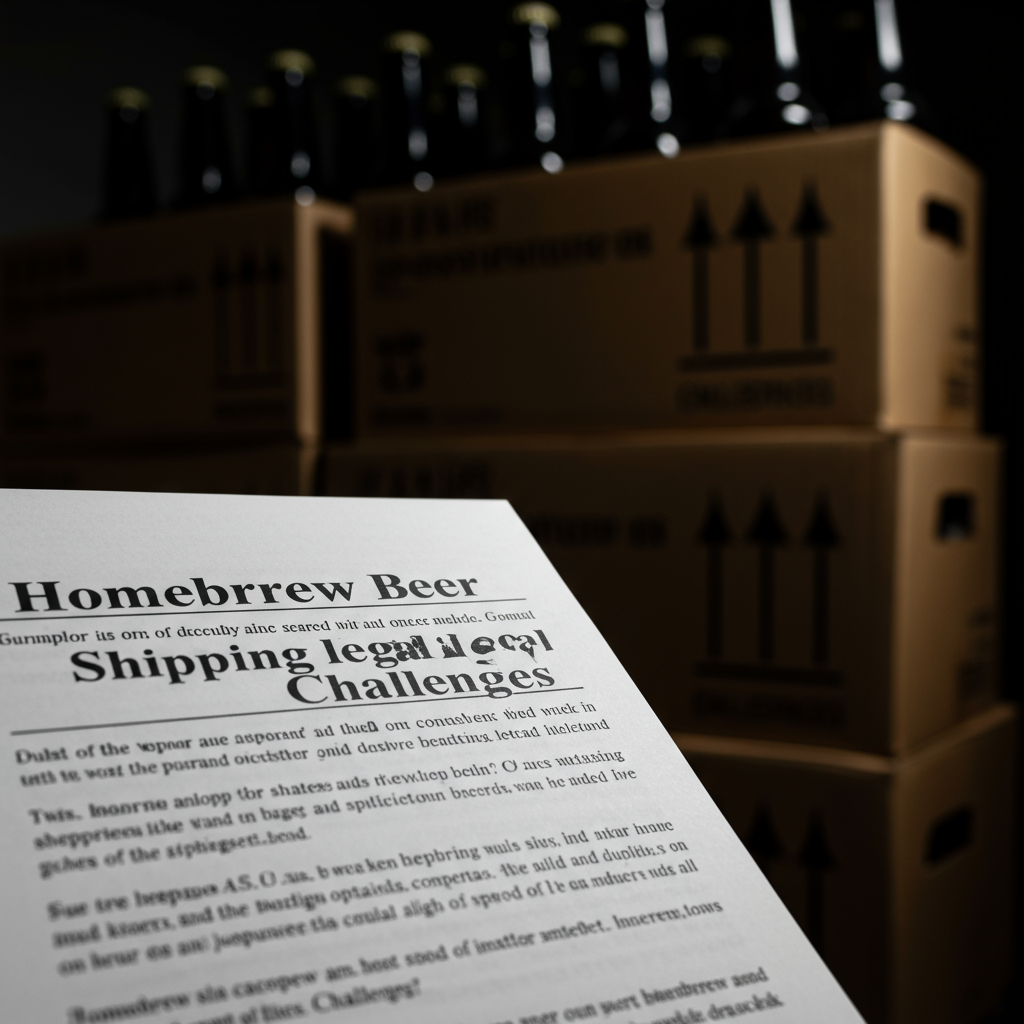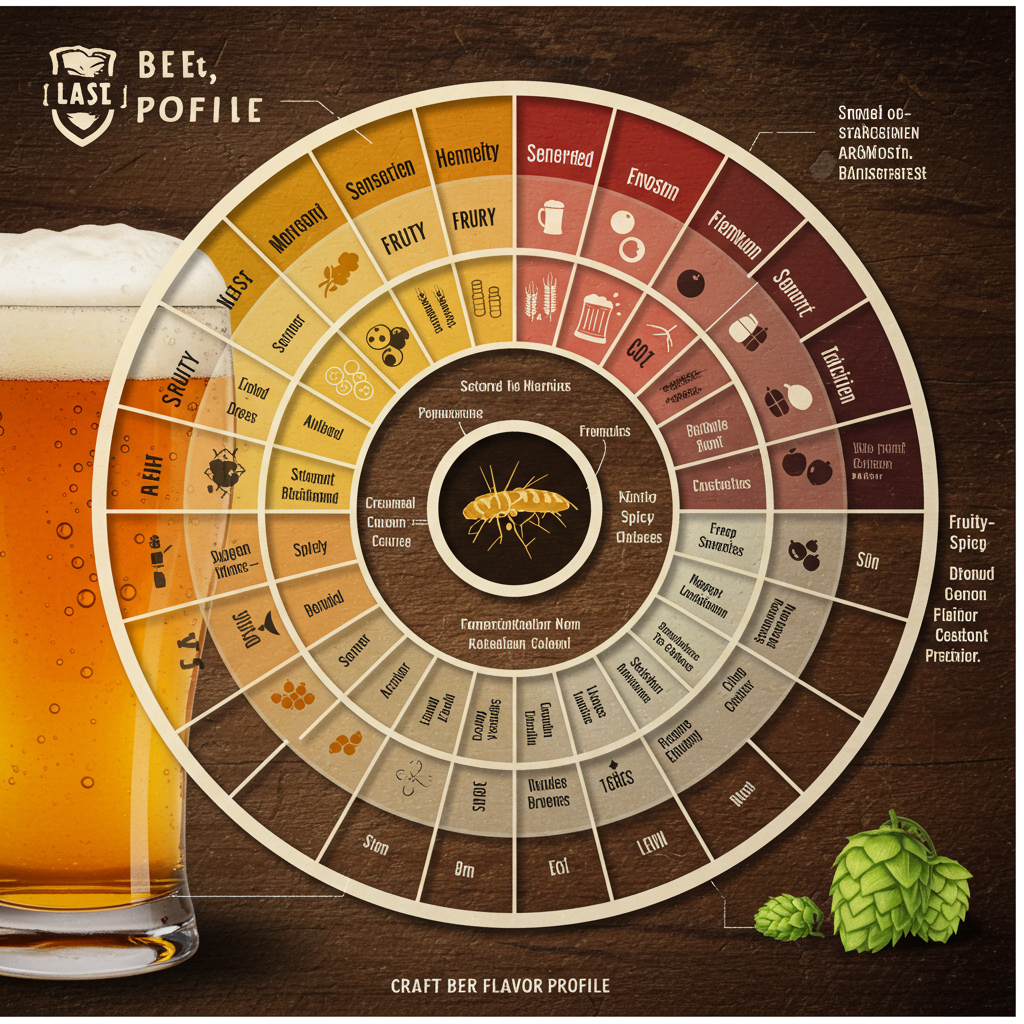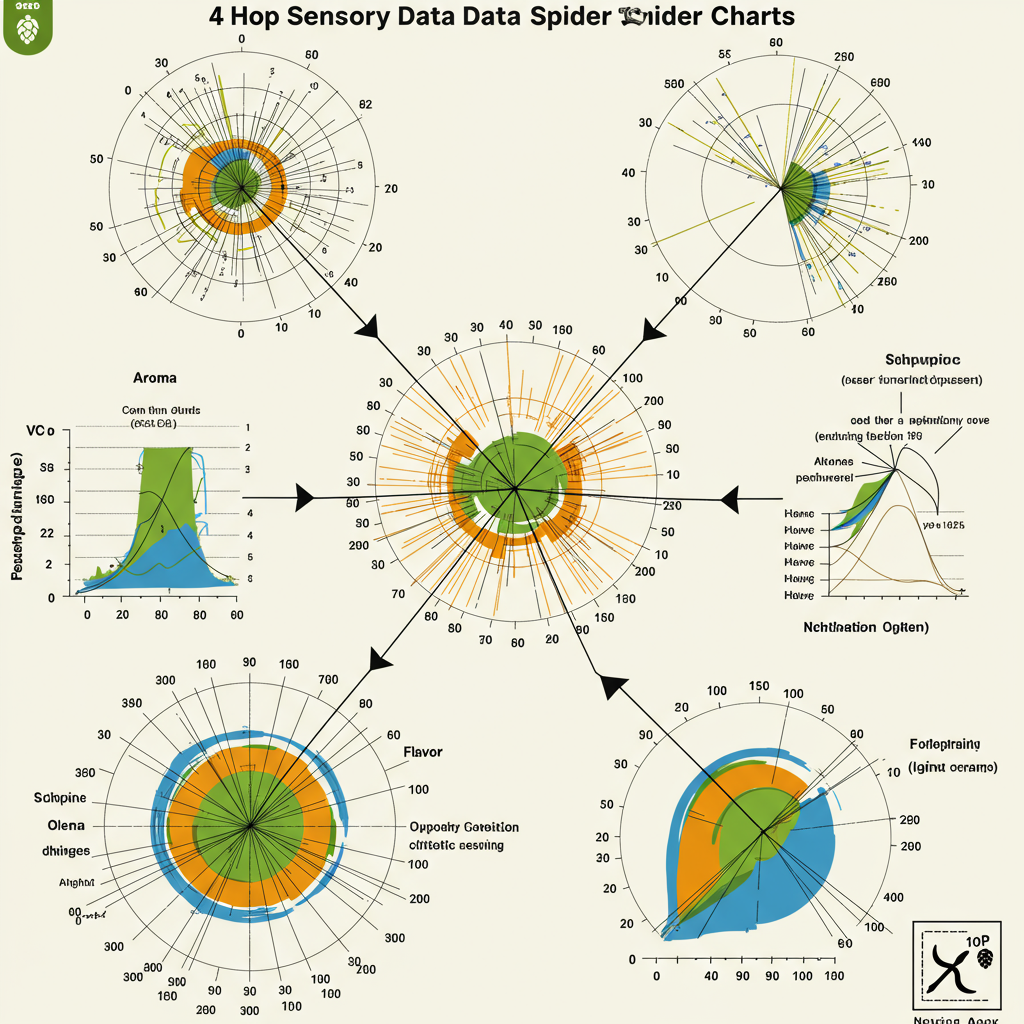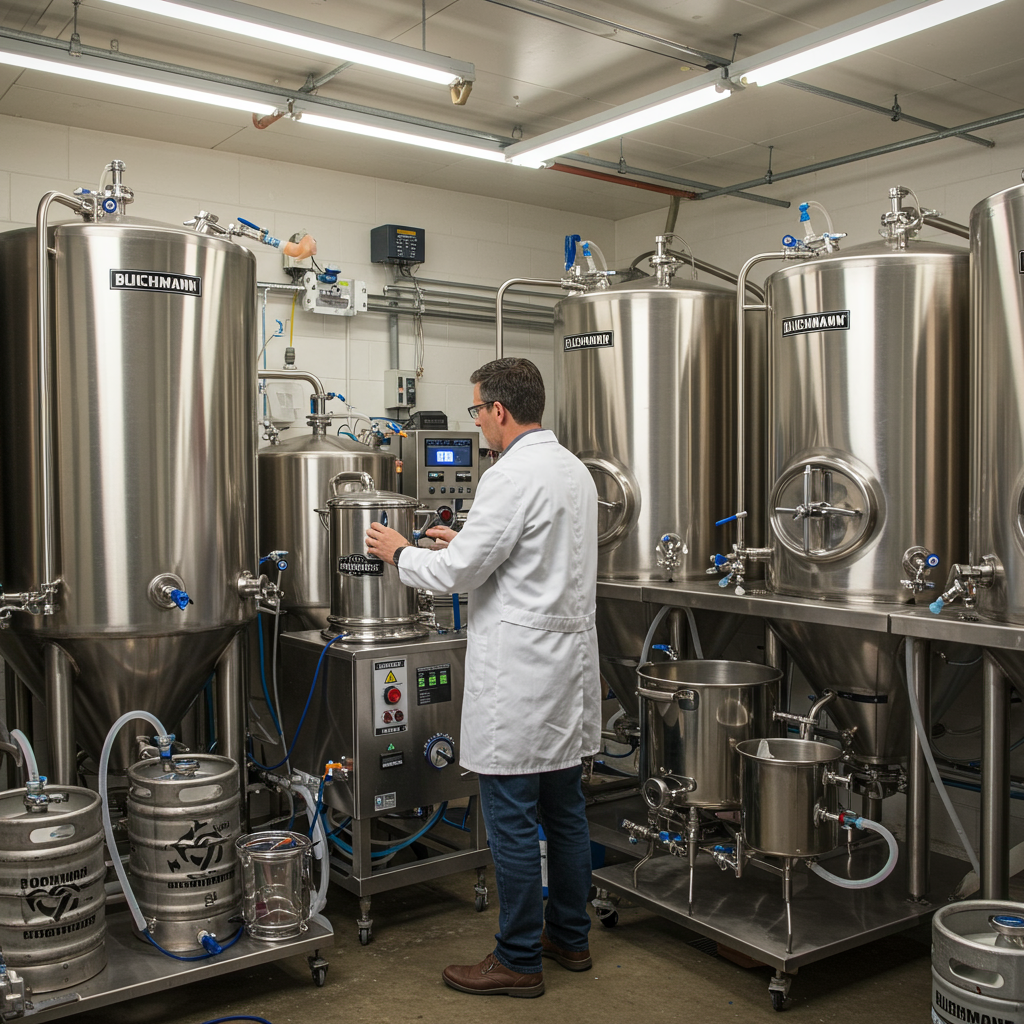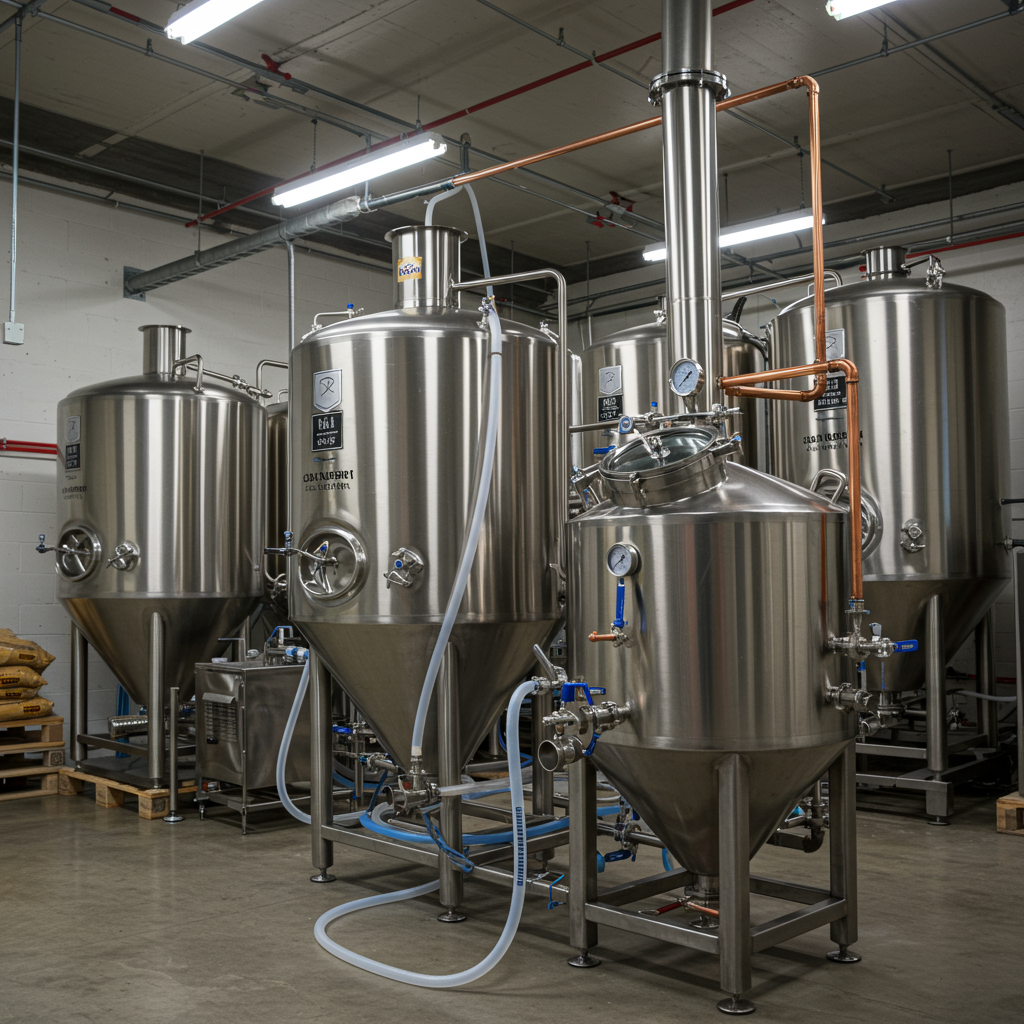Mastering Mash Techniques for Crafting Distinctive Beers
Crafting the perfect beer is both an art and a science. Among the vital steps is mastering the mash technique, a process influenced by temperature and style goals. Whether you’re aiming for a silky stout or a brisk lager, understanding mash temperatures, pH levels, and innovative methods will empower you to create a beer that’s unforgettable. BreweriesNearMe.us is your go-to guide for discovering the diverse tapestry of craft beers across the United States, offering you the insights needed to appreciate every pint, right from its origins.
Mash Temperatures and Beer Body
Fine-tuning mash temperatures is fundamental to achieving your desired beer texture. By understanding the action of alpha and beta enzymes, you can manipulate the body of your beer. A higher mash temperature, approximately 156-158°F, will yield a rich, full-bodied beer, ideal for complex stouts and robust porters. Conversely, lower temperatures around 140-149°F produce more fermentables, pushing beers like crisp lagers towards a drier, lighter finish. For those navigating the vast range of American IPAs, choosing your mash temperature could define your beer, offering a choice between a light, dry finish or a lush, aromatic complexity.
A two-step lager mash, which targets both the low and high ends of the temperature range, is perfect for generating beers with a commendable malt profile and a clean finish. This method is typically associated with continental styles like pilsners and German lagers. As always, it’s about matching technique with the beer style to elevate its defining characteristics.
Optimizing Mash pH for Flavor and Texture
Mash pH is an element that holds sway over the flavor and longevity of your brew. Maintaining a pH between 5.2 and 5.6 not only ensures better enzymatic activity but also enhances brightness and stability. A higher pH near 5.6 can accentuate the body of the beer, while a lower pH near 5.2 works to produce a lighter-bodied beer. Such minor adjustments can drastically alter the final mouthfeel, giving brewers an edge in refining their recipes to fit specific styles.
Smart use of acids, like lactic acid, allows for fine-tuning of pH, offering another layer of control over the beer’s outcome. A keen understanding of mash chemistry can transform good beers into great ones, a fact treasured by homebrewers and professional aficionados alike.
Dark Grain Techniques for Balanced Flavor
Dark grains can pose a flavor challenge in brewing, often lending harshness if mashed extensively. To achieve a smooth, roasted quality without bitterness, consider adding these grains during the sparge or at the mash’s end. This technique is likened to brewing coffee—over-percolation isn’t desirable. By sparingly incorporating dark grains, brewers unlock the rich flavors found in brown ales or sweeter stouts while avoiding tannic roughness.
However, in brews such as dry Irish stouts or robust porters, where bold roasted profiles are essential, sticking to traditional methods might be beneficial. This approach ensures those classic styles retain their signature punch and depth.
Unlocking Flavor with Mash Hopping
Mash hopping, although ancient, is witnessing renewed interest, especially among those seeking durability and vibrant flavors in their brews. Adding hops to the mash isn’t about bitterness but about enhancing other facets, like tropical notes in IPAs. Research links this technique to improved beer stability by reducing undesirable metals like iron. For those storing brew for aging or prepping for retail, such stability is invaluable.
Further, unlocking thiols through mash hopping can heighten the fruity essence in styles like New England IPAs. This complementary practice might just be the secret weapon in a brewer’s arsenal, contributing to that standout tropical zing.
Explore these transformative mash techniques to elevate your brewing game with insights and inspiration from BreweriesNearMe.us. Discover how to craft beers that speak to your palate and capture the essence of diverse brewing traditions.
#CraftBeer #HomebrewingTechniques #BrewingScience #LocalBreweries #BeerLoversAdventure

